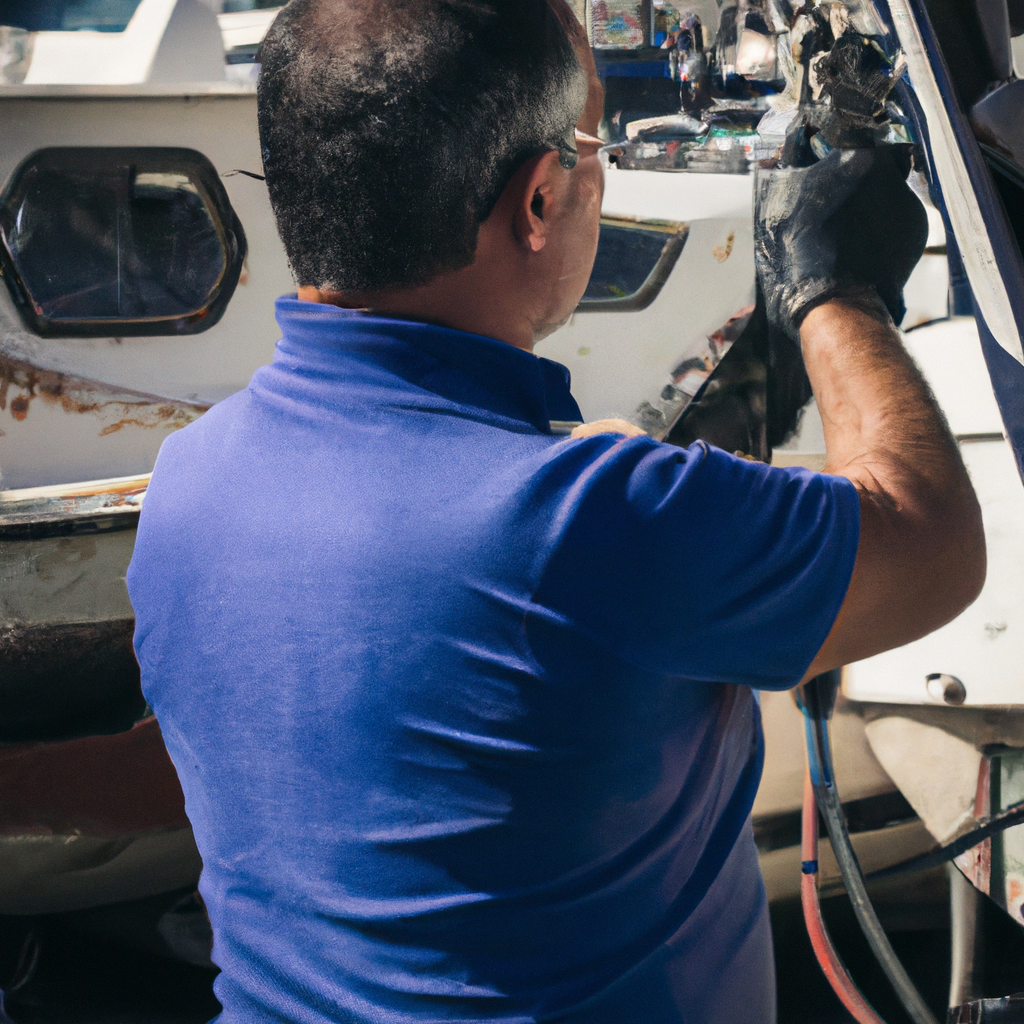The world of marine navigation is fascinating and challenging in equal measure. Whether it is recreational boats or commercial vessels, one thing is certain: marine equipment is vital to ensuring a safe and efficient journey. However, this sophisticated equipment requires constant care and maintenance to ensure its maximum efficiency and durability. This article will delve into the fascinating world of marine equipment repair and maintenance. In the following sections, you will discover the importance of this equipment, learn the essential steps for its proper repair, understand how to perform effective preventative maintenance, and finally, get a useful guide to troubleshooting common problems. Whether you are a seasoned sailor or a boating enthusiast, this article will provide you with valuable knowledge to keep your marine equipment in tip-top shape.
- 1. "Introduction to nautical equipment: Recognizing its importance and need for maintenance"
- 2. "Essential steps for the correct repair of nautical equipment"
- 3. "Preventive maintenance of nautical equipment: Ensuring its durability and performance"
- 4. "Troubleshooting common problems with marine equipment: Quick repair guide"
1. "Introduction to nautical equipment: Recognizing its importance and need for maintenance"
Nautical equipment, whether it be engines, navigation systems, safety equipment or even the boat's hull itself, is crucial to any vessel. Not only does it enable movement and orientation on the high seas, but it also ensures safety and survival in extreme conditions. Therefore, maintenance and repair of this equipment is of vital importance. Just as a car needs regular check-ups to prevent breakdowns and ensure optimal operation, nautical equipment requires similar attention. Proper maintenance can prevent serious problems, extend the life of the equipment, improve performance and efficiency, and ultimately ensure safe and enjoyable boating.
2. "Essential steps for the correct repair of nautical equipment"
Correct repair of marine equipment requires following essential steps to ensure its effectiveness and safety. Firstly, it is crucial to carry out a detailed diagnosis of the equipment to identify the exact problem. This may involve carrying out functional tests and visually inspecting individual components. Once the problem has been identified, the next step is to acquire the necessary high-quality spare parts and the right tools for the task. Then, the actual repair is carried out, following the manufacturer's repair guides to ensure it is done correctly. After the repair, it is vital to carry out functional tests to ensure the equipment is working at its maximum capacity. Finally, regular maintenance is a must to prevent future problems and ensure the longevity of the equipment.
3. "Preventive maintenance of nautical equipment: Ensuring its durability and performance"
Preventive maintenance of nautical equipment plays a crucial role in ensuring its durability and optimal performance. This is not only limited to repairing visible damage, but also involves regular checks to detect potential problems before they become costly and sometimes unrecoverable repairs. Common preventive maintenance tasks may include cleaning and lubricating components, checking the correct operation of electrical and navigation systems, inspecting parts for possible wear, among others. By performing these actions regularly, the lifespan of the equipment can be significantly extended, its performance improved, and the safety of users guaranteed.
4. "Troubleshooting common problems with marine equipment: Quick repair guide"
Common problems with marine equipment can range from engine failure to issues with navigation or communication systems. A quick repair guide can be invaluable when dealing with these problems. For example, if the engine won't start, it's a good idea to check for fuel, verify the battery connection, and check the ignition switch. In the case of problems with GPS or radar, make sure all cables are connected properly and there are no visible obstructions. If the communication system fails, try a backup radio, if available, and check the antenna and connections. Remember, these are just the first troubleshooting steps. If problems persist, it's essential that you seek professional help to avoid further damage to your marine equipment.

